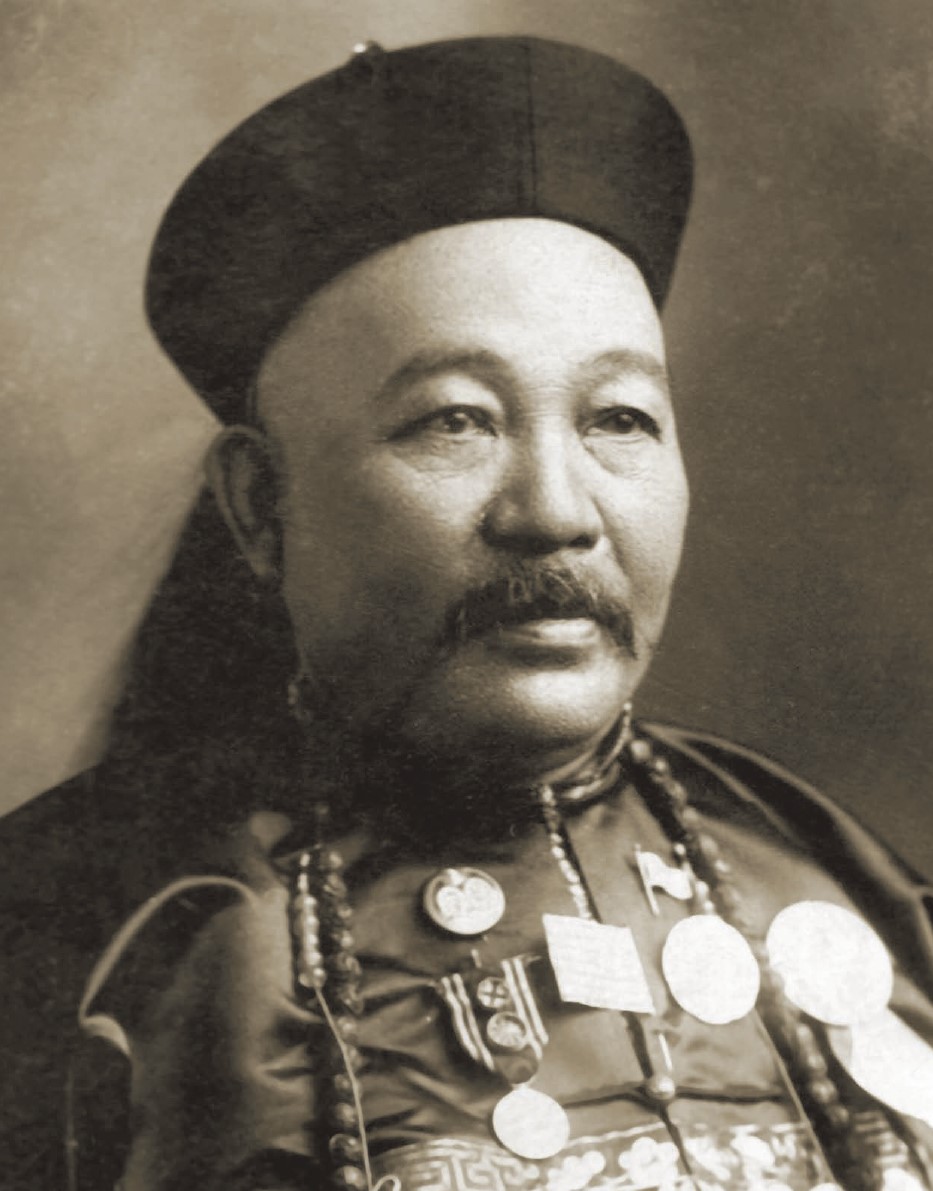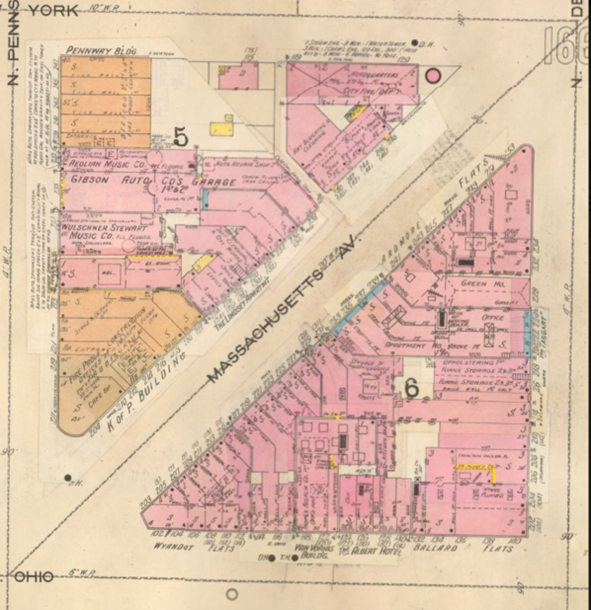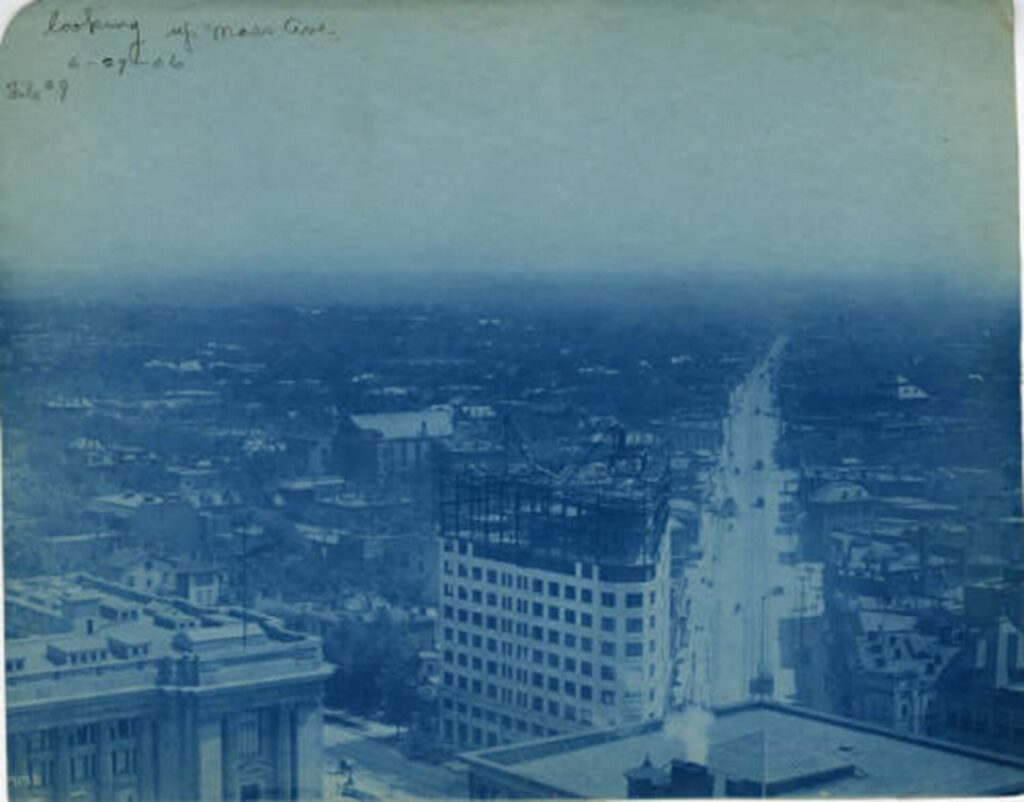
Purchase Tickets
Our (FREE) parking lot is located on New York Street a ½ block east of West Street. Free parking with admission.
No Mean City: Indianapolis’ First Asian Citizen and Voter
May 4, 2023

I am often asked about “the first” for the Asian and Latino communities of Indianapolis and Indiana. People often ask who is the first… settler, musician, businessperson, etc. I hesitate to immediately assign that title because this requires extensive and exhaustive research. Sometimes this can take years. Even at that point, there is a slim chance there is someone else who was “the first”. This posthumous honor is a big deal. In this case, in an extremely rare occasion, I am confident in two “The First” titles – the first Asian citizen and Asian voter in Indianapolis. This dual-title is given to one person, a Chinese man by the name of Moy Kee.
Moy Kee (Moy Ah Kee or Moy Jin Kee) first came to Indiana as a visitor in 1894. At that time, he was living and thriving in Chicago, Illinois. He was a business owner, the president or member of several Chinese societies, and a respected community leader. Moy was bilingual and was called to Logansport in Cass County in 1894 to serve as a courtroom interpreter. The Logansport Pharos-Tribune credited him as a “Chinese Lawyer” and interpreter for a lawsuit between two Chinese laundrymen regarding $340 in unpaid wages (roughly $10,300 in 2023). A few years later in 1897, Moy and his wife Chin Fung Kee settled in Indianapolis.
Almost two decades before his arrival in Indianapolis, Moy began the two-part process of obtaining his U.S. Citizenship in New York City and later in Chicago. On August 31, 1880, Judge P. Henry Durgo of the Superior Court of New York in New York City issued Moy’s First Papers; his declaration for citizenship. A few years later in 1882, the Chinese Exclusion Act was passed by Congress, issuing a 10-year ban on Chinese laborers from entering the United States. There was a small caveat that allowed the admission of Chinese merchants, teachers, students, travelers, and diplomats. But citizenship for any Chinese-born individual was unattainable. Once Moy’s campaign for citizenship became public, it amplified his quest for his and others’ civil rights. On August 16, 1894, Moy appeared in Cook County Court (Chicago) for his Second Papers, making him a naturalized citizen. Judge Dunne refused, citing the 1882 federal law. Moy’s lawyers, Abrahams and Harris stated that he should be granted citizenship on the grounds of being legally issued his First Papers years before the Chinese Exclusion Act. He was never granted citizenship in Chicago and his quest for citizenship continued after moving to Indianapolis in 1897.
In Indianapolis, Moy and Chin opened a Chinese tea store at 19 Massachusetts Avenue, the first of many of their businesses in the city. By October of 1897, Moy was finally granted citizenship and was eligible to vote. On October 12, 1897, it was reported in the Indianapolis News that Moy the “only naturalized Chinaman in the city” voted in the eighth precinct of the seventh ward. A Republican committeeman of this precinct was noted for having “had polled the only Chinese vote in town.” Officially, this made Moy the first Chinese citizen of Indianapolis and first Chinese voter. Kee was referred to as “The Chinese Mayor” of Indianapolis and America by local and national newspapers. Internationally, he held the status of 5th degree Mandarin of the Manchu government of China. Moy and Chin would delight Indianapolis notables as cultural ambassadors; hosting Indianapolis’ elite to traditional Chinese dinners, facilitating a royal visit by Prince Pu Lun of China, public Lunar New Year celebrations, and a heavily promoted and over-the-top “scenic and spectacular” Asian inspired rooftop celebration at The Columbia Club. They were a publicly celebrated couple, and Chin was often referred to as the only Chinese woman in Indianapolis (see The Page Act of 1875 for further explanation).

Above: Indianapolis Sanborn Map #165, 1898, Indianapolis Sanborn Map and Baist Atlas Collection, Indiana State Library (digitized by IUPUI University Library). This is the approximate location of where Moy Kee’s Massachusetts Avenue shop was located. This block of Massachusetts Avenue was redeveloped and is presently the location of the Regions (bank) Tower in downtown Indianapolis.

Above: Looking up Massachusetts Avenue, 1906 (Bass #7172), W. H. Bass Photo Company Collection, Indiana Historical Society
Moy’s citizenship and celebrated presence in Indianapolis was most certainly a bright spot of progressiveness during the early era of restrictive immigration laws based on ethnicity, notably the Chinese. However, Kee was not immune to discrimination and public scrutiny. The legitimacy of his citizenship would be publicly challenged in local newspapers, citing legal technicalities and he was soon taken to court. In Kee’s early days of advocacy, he never shied away from a public court appearance, knowing it would be reported in the local paper. Now in defeat, he did not even attend his own hearing. Fourteen years after he became a U.S. Citizen, his citizenship was legally rescinded. While this may have been perceived as a personal attack, Syrian-born Mohammad Amon of Michigan City, LaPorte County also had his U.S. citizenship rescinded on the same day.
Since Moy was the first Chinese citizen of Indianapolis to have his citizenship rescinded, I need to correct myself. Instead of two “the first” titles, technically now is three.
To learn more about Moy’s life, read Scott D. Seligman’s article, Hoosier Mandarin: Moy Kee, The “Mayor” of Indianapolis’s Chinatown, in the Fall 2011 issue of Traces: Of Indiana and Midwestern History by the IHS Press. Views of early Massachusetts Avenue where Moy’s shop was located, click here, here and here.








